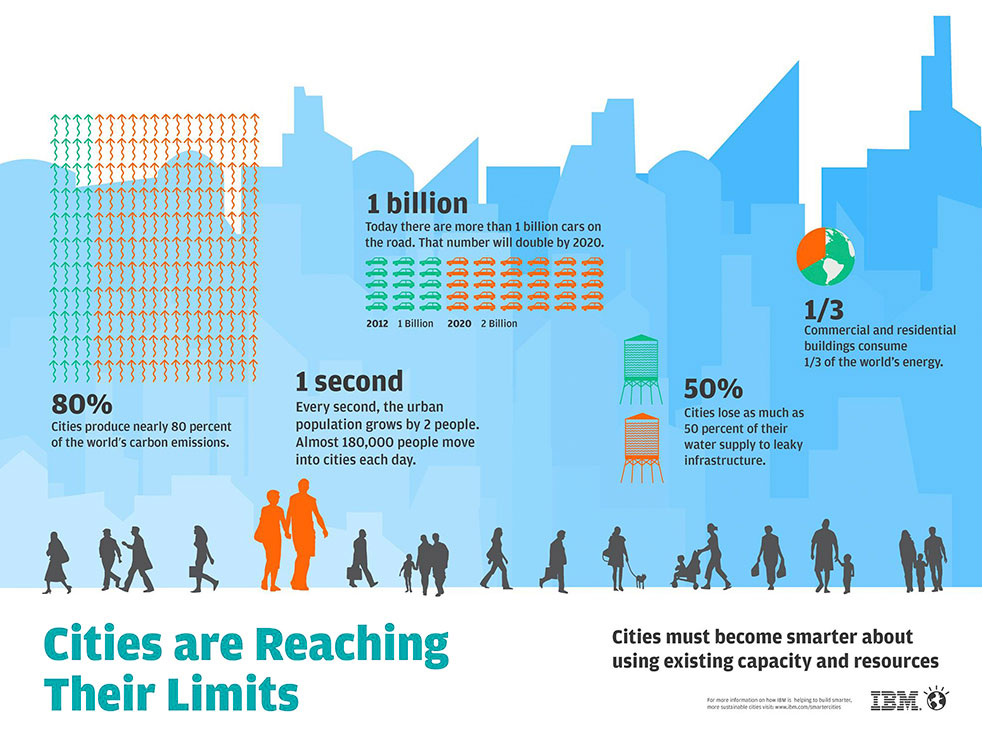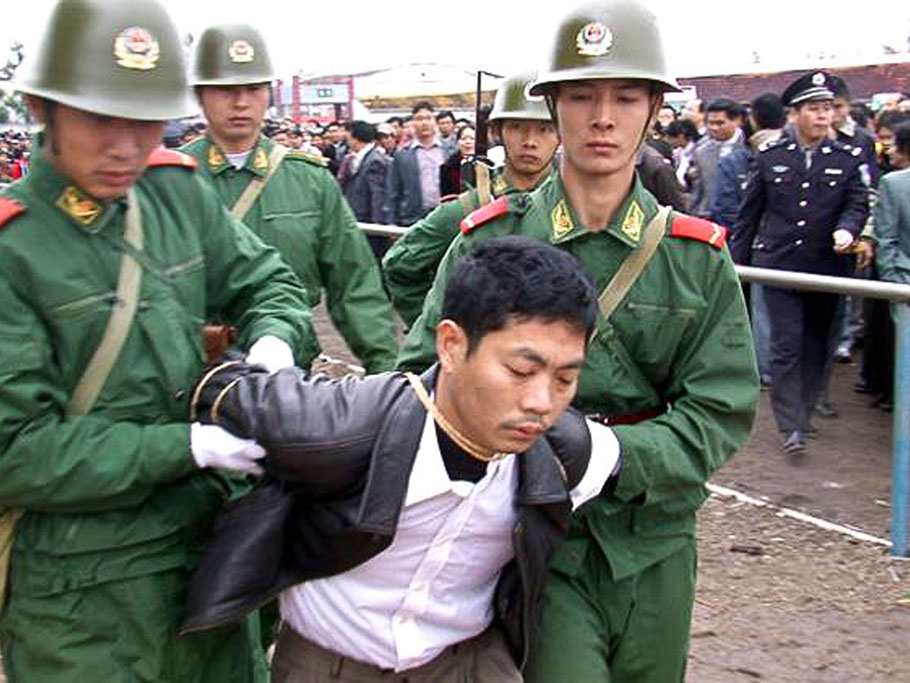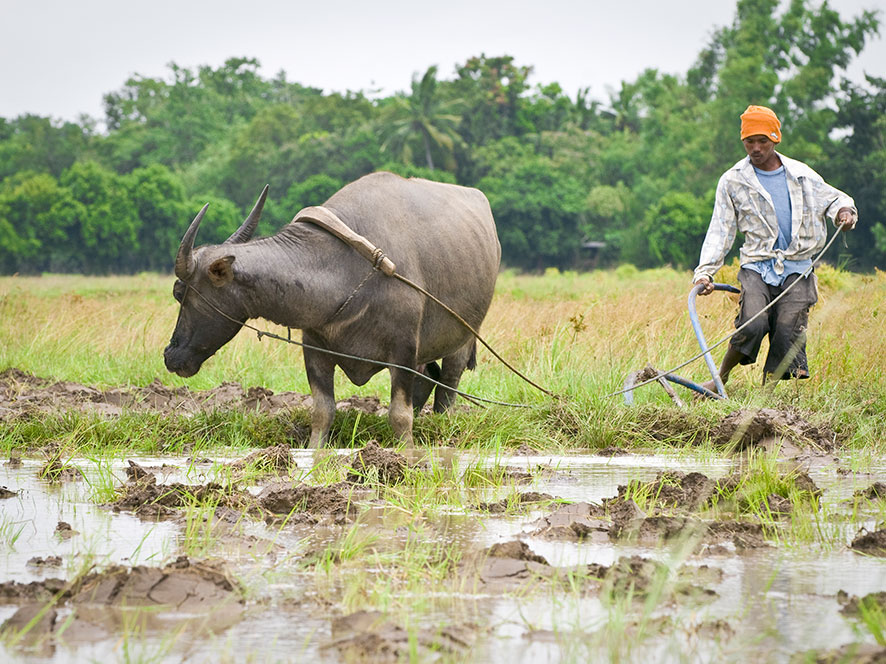Since their almost simultaneous election in March 2013, a lot of things have been said about Chinese President Xi Jinping and Pope Francis. Among these is the possible resumption of diplomatic ties between China and the Vatican, which have been severed for over sixty years. This speculation was fueled by a simple gesture that Pope Francis did after Xi Jinping’s election, i.e., the sending of a congratulatory message to President Xi. This fact, revealed only recently, prompted a harsh reaction from the Chinese Catholic Patriotic Association (CCPA), which clearly reiterated China’s unbending admonition for the Vatican to cease interfering in China’s internal affairs and to break ties with Taiwan.
In fact, ties between China and the Vatican have never been more frigid in recent years. Since Bishop Ma Daqin’s ordination in Shanghai early in July last year, the Church in China has been living through a very delicate period. Rendering his ordination illicit, the Chinese authorities placed Bishop Ma under house arrest. Since then, there has been no episcopal ordination in China. It will, therefore, be interesting to see which, between China and the Vatican, will make the next move.
In the meantime, while top Chinese and Vatican officials are at a deadlock, life goes on as usual for the Chinese Catholic population, with its own peculiarities in each region. In particular, the phenomenon of migration and its implications, especially among rural Catholics, is what the Church is focusing on now. The challenge to Church leaders is how to accompany Catholics from a traditional rural set up to allow them to integrate and express their faith in an urban milieu. If anything, these challenges and how they are being addressed from the top level to the grassroots are proof that the Church in China is very much alive.
CHURCH IN TRANSFORMATION
For the first time in history, there are more Chinese living in cities than in the countryside. At the end of 2012, urban dwellers accounted for 51.27% of China’s 1.34 billion people. According to the National Bureau of Statistics, this presented an increase of 1.32% compared to the 2010 figure.
Rapid urbanization in China over the past 30 years has underpinned its economic performance as hundreds of millions of people have left country living for towns and cities in search of better jobs. In 2011 alone, China’s rural population fell to 14.6 million. However, urbanization itself is lessening the need for more workers, even though the massive shift of people from rural areas into cities is far from over.
As a result of rapid urbanization, Catholics in China grow up in an atmosphere of atheism and materialism where the pursuit of money and the materialistic trends of society leave little space for prayer. The fast pace at which society is changing is leaving a spiritual and moral vacuum in the lives of many people. Many do not have clear and meaningful parameters to guide their lives.
Since the Church transforms and is transformed by the context in which she lives and develops, she is bound to respond to this vacuum that the pursuit of money and status in society cannot fulfill. She has to extend a helping hand to the often painful transitions people go through while moving from a traditional to a modern society. What contribution can the Church in China make to China’s modernization in the coming years? And how can the Church face the issue of migration which presents inner conflicts in the newly-emerging society?
Nowadays, there are three general categories of Chinese Catholics: those who pray every day, those who go to Mass every Sunday, and those who attend Mass during the four principal feasts of the year: Easter, Pentecost, the Assumption, and Christmas.
Although Marxist ideology is in decline, having lost credibility in society, it does not make things easier for the Church that also has to confront the pursuit of money and secularization that challenge Catholics. The challenges the Church faces vary from rural to urban areas. Although Christianity developed in the countryside with around 75% of Catholics living in rural areas, there is also a growing Catholic presence in cities like Beijing, Guangzhou, Tianjin and Shanghai. In villages where the main population is Catholic, the lives of people are regulated by the Church bell that rings in the early morning as well as in the evening calling Christians to attend their daily prayers and Eucharist.
RURAL CATHOLICS
Catholicism was part and parcel of village life. In fact, Catholicism strengthened the boundaries and ties of rural communities. The Christian faith that was traditionally passed from generation to generation was based on the strong community links among its members. Major feast days were devotedly celebrated and, in many places, are still being observed by the Catholics in China, particularly by the rural sector. Most rural Catholics attended Christmas liturgy as it fell in winter when they are relieved from farm work. Although Easter and Pentecost usually arrived during busy times of plowing and planting, the farmers left aside their work and walked or traveled for hours to attend Easter liturgies. To say the least, the rural Church was a vital force for the Chinese Church. Catholics from the countryside helped preserve the faith during hard times. Many religious vocations came from sons and daughters of rural families whose Catholic faith was passed on from generation to generation.
Today, however, some of the gains made by rural Catholics are quickly fading away. The image of the Christian village is changing for two reasons. The first is that the work force in the rural areas has migrated to the urban areas looking for jobs. The other reason is that children and youths leave their homes to attend school in nearby towns or cities and only return home for a short time every two weeks or so. That means children and teenagers are growing up without the awareness of important liturgical seasons such as Holy Week. What impact will this have on the future of the Church? It is not rare to see grandparents attending church services with little kids while primary or secondary students may stay at home playing computer games.
Things are changing in China and Catholics are starting to face challenges that are derived from the allure of a changing society. Certain traditional devotions that appealed to those in the past might not be so inspiring to the new generation. The Church needs to respond to the aspirations of the younger set.
URBAN CATHOLICS
Urban Christian communities, on the other hand, are more inclined to follow a more personal and individual expression of their faith. Cultural institutions have increased in the past few years and many charitable organizations have been established in various dioceses of China. Through these endeavors, the Church realizes its capability to encounter society in its various dimensions: in the fields of education (kindergartens), health centers, and assistance to the disabled.
Many dioceses or parishes are operating social services, such as clinics, hospitals, homes for the elderly, orphanages, tutorial or vocational-training classes, medical classes, and guest houses. The Church has become a vital presence through its welfare and educational programs and has made visible the best side of Christianity, namely, its compassion and concern for the poor and abandoned.
Aside from the corporal, dioceses have also engaged the challenges posed to the faith by the internet. While a lot is already being done through diocesan websites, the development of evangelization programs in urban areas via the internet deserves more attention.
In addition, the Church is particularly challenged to meet the spiritual needs of university students, intellectuals and professionals and, at the same time, respond to the needs of migrants moving to the cities.
Formation, however, continues to be a crucial issue. In spite of the efforts made by the Church, there is still a lack of theologians and formation directors at seminaries and novitiates. In order to solve this problem, some young priests, although only in their 30’s, are already seminary lecturers, have been sent overseas to be updated in theology, scripture, liturgy and other Church-related matters. Still, the demand for knowledgeable theologians is significant. Since the late 1980’s, theologians and Catholic professors from other countries have given lectures and courses in various seminaries. Catholic students and youth in the urban areas do not always have a deep enough understanding of their faith to answer the questions and challenges of non-believers.
THE ROAD AHEAD
While China is adopting a market economy – which is particularly prosperous in major cities and the Eastern coastal areas – materialism, consumerism, and individualism are prevalent. Although they improve lives, they also counter the preaching of moral and spiritual values. For example, in one city, a young priest was troubled and wondered if Catholics could invest or speculate in the stock market which some might regard as immoral.
Indeed, the rural-urban split in the Church is a matter of particular interest and is of great concern for local Church leaders. Aside from the difficulty of getting settled in a fast-paced and more modern society, Catholics coming from the countryside into the cities also face many spiritual challenges and temptations. It is in this regard that the Church in China must persist in its efforts to serve society’s physical needs while making Christianity known to those near and far, to those coming from rural to urban settings.



















